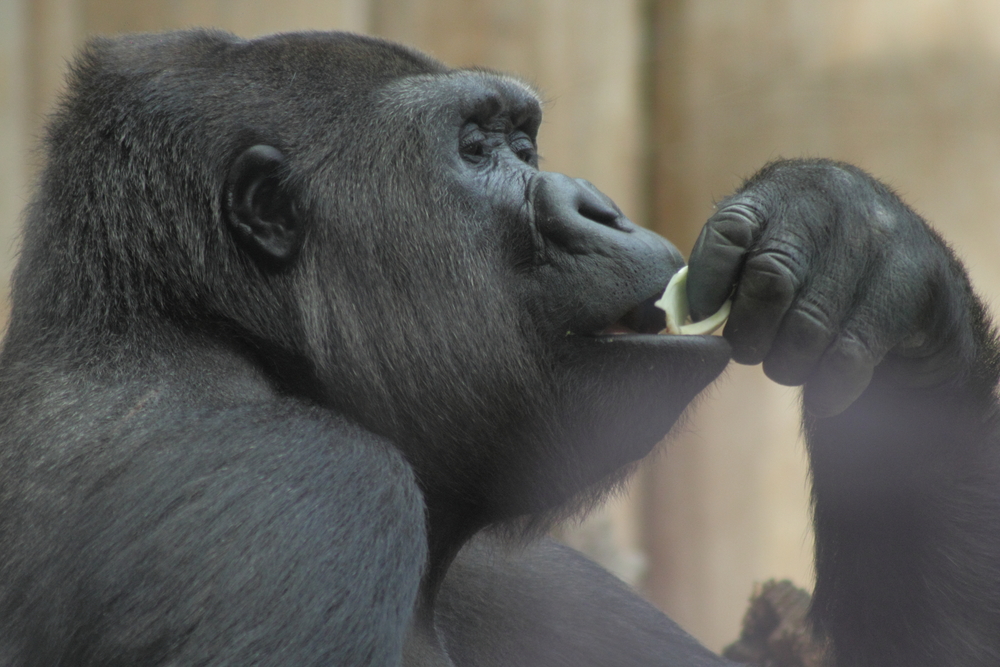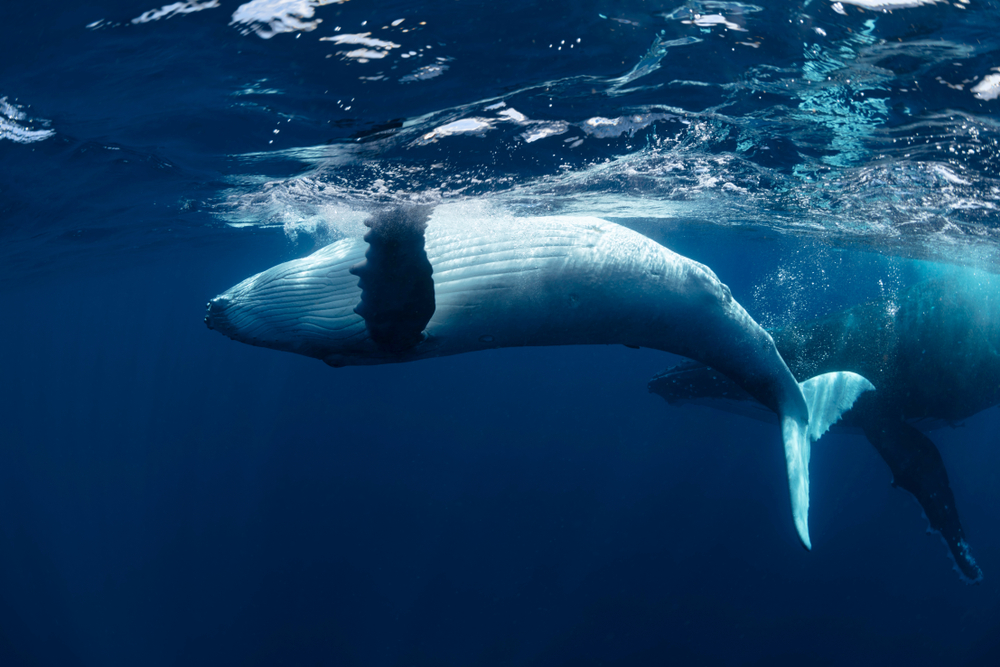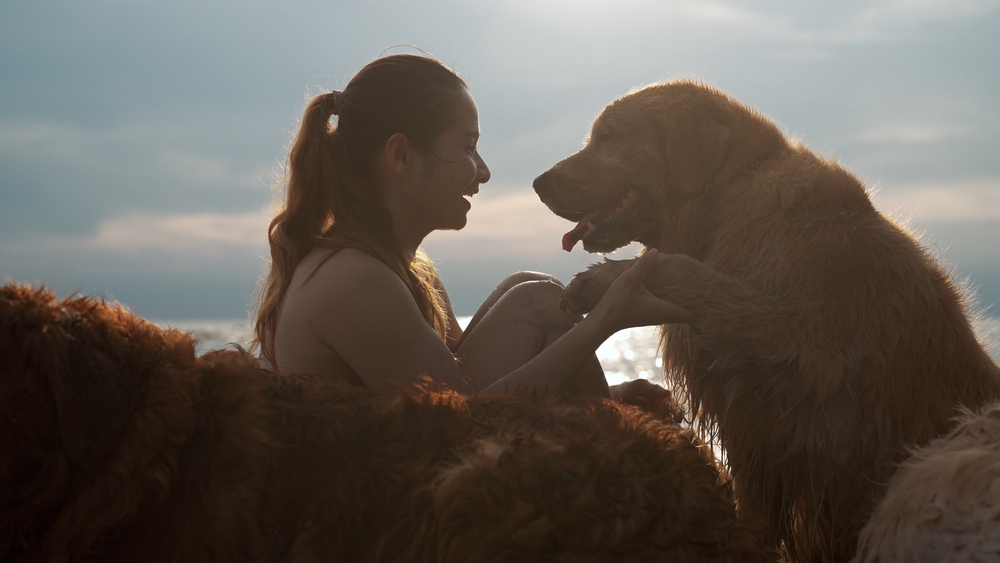Table of Contents (click to expand)
Scientists have studied pawedness, clawedness, footedness or handedness in about 119 different species of animals, from lizards to frogs and birds to our relatives, the apes. They found that many animals have a preference, but it isn’t always for the right hand.
If 90% of humans are right-handed, it begs the questions of how common this trait is amongst other animals with whom we share this world? Turns out, “handedness” has got a hold of all of us!
Scientists have studied pawedness, clawedness, footedness or handedness in about 119 different species of animals, from lizards and frogs to birds and our relatives, the apes. And just like majority of humans pick up our toothbrush with our right hand, scientists have found that 51% of these species preferred to do their daily mundane tasks with a preference for using one limb over the other.
Moreover, in about 32% of the species studied, only certain individuals of the group were either left-handed or right-handed. The entire population belonging to that group could not be assigned a single orientation.
Right-handed Animals
Apes
Being our close relatives, it’s only fitting that Great Apes are mostly right-handed like us.

When actions like throwing were involved, chimpanzees and other apes show a 65 to 70% bias for their right hand. Gorillas are right-handed at a slightly higher percentage of 75%.
Turtles
Let’s look into “flipperedness.” Turtles are known to make stellar nests in the sand in which they lay their eggs, and when eastern Pacific leatherback turtles were observed doing so, their right hind limb flipper was the one that effectively got the work done, in most cases.
Crabs
Here is an example of an invertebrate animal showing “clawedness.” They might have relatively simpler nervous systems, but the pebble crabs stand to gain an advantage if they are right-handed, as research shows that it better helps them crack open shells to get to the yummy stuff inside.
Dolphins
Dolphins orient themselves and turn in one direction when they dive in close to the sea bed to pick up sand critters. Scientists observed 27 dolphins to study this behavior. Due to the tubular shape of a dolphin’s body, it turning right means that it has a strong left-side bias, and vice versa.
In the study, 99.4% showed a right-side bias by turning left. Much like turtles and walruses, dolphins also appear to be right-flippered. One plausible explanation for this could be the presence of phonic lips on the right, which aids in echolocation, an important mechanism that guides them everywhere they go.
Also Read: Do Animals Have Fingerprints?
Left-handed Animals
Orangutans
Gorillas and chimpanzees might be right-handed, but Orangutans, on the other hand, are mostly lefties.
Parrots
It was observed that parrot species tend to be left-footed or right-footed, when they use their feet to get ahold of food. This study reveals that all large cockatoos are left-footed.
Octopus

Which arm would an octopus use if it were to high-five you? Octopuses have a favorite arm(s) too. Scientists observed that octopuses use an arm depending on what they see around them. 92% of the octopuses prefer to peer at the world through one eye over the other, and the arm that lies on the side of that eye is the one they favor.
The octopus that peered out of the tank using the left eye, preferred to use its two front left tentacles more often. Talk about hand-eye coordination!
Animals That Don’t Have A Strong Preference
Cats And Dogs

Left-pawedness in cats and dogs is more likely to occur than left-handedness in humans. In fact, it’s about three to four times more likely. However, studies conducted only on cats found that this preference was subject to the cat’s gender. 95% of tomcats prefer their left paws, while 95% of female cats couldn’t keep their right mitts off the tuna grub.
When a similar test was conducted on nearly 18,000 dogs, only 26% were ambidextrous, while 74% of them showed pawedness, with 58.3% being righties and 41.7%, lefties. As seen in cats, a gender bias also prevails in dogs, with male dogs being more left-pawed than female dogs.
Marmosets
Marmosets tend to use both their hands when engaged in activities like playing and feeding. Research has shown that their handedness could be influenced by posture. If they stand upright, and are free to use both hands, they will do so, but if they were forced to use only one hand, it was mostly the left.
Whales
When a whale feeds, it dives down to the bottom of the sea, turns to a side, and opens its enormous mouth to skim off all the muck, along with its food! This maneuver gives them scrapes on the skins of their jaw. Most whales and dolphins have abrasions either on their left or right cheek, but never both. This just goes to show that these advanced sea mammals also “choose a side”.
Blue whales, however, turn in both directions (barrel rolling), depending on the kind of depths in which they’re hunting.

Also Read: Why Do Animals Have Tails?
A Final Word
Limb preference depends on whether the right or the left hemisphere of the brain is being put to use. Each half could be attuned to perform a few tasks. Generally speaking, each half of the brain controls the side of the body opposite to it. Thus, if brain activity peaks in an animal’s left hemisphere, it will tend to use its right limb more often.
Handedness, as this study suggests, could be something we derived from our ancestors. If the ancestor preferred one limb over the other to reach an object or defend themselves, they basically trained this limb to a point where it became the dominant and stronger limb. If human predecessors have evolved use of a dominant arm, the same could hold true for other animals that learn via evolutionary cues.
Learning about what makes animals right- or left-handed can offer insight into how their brains have developed and what their evolutionary journey has looked like.

If you think you know your pet in and out, but aren’t quite sure if your furry friend is a lefty or a righty, just hand it a treat and see which paw springs up!
Also Read: Are We All Either Right-Brained Or Left-Brained?
How well do you understand the article above!

References (click to expand)
- Papadatou-Pastou, M., Ntolka, E., Schmitz, J., Martin, M., Munafò, M. R., Ocklenburg, S., & Paracchini, S. (2020, June). Human handedness: A meta-analysis. Psychological Bulletin. American Psychological Association (APA).
- Corballis, M. C. (2014, January 21). Left Brain, Right Brain: Facts and Fantasies. PLoS Biology. Public Library of Science (PLoS).
- Ströckens, F., Güntürkün, O., & Ocklenburg, S. (2012, November 20). Limb preferences in non-human vertebrates. Laterality: Asymmetries of Body, Brain and Cognition. Informa UK Limited.
- McDowell, L. J., Wells, D. L., & Hepper, P. G. (2018, January). Lateralization of spontaneous behaviours in the domestic cat, Felis silvestris. Animal Behaviour. Elsevier BV.
- Laverack, K., Pike, T. W., Cooper, J. J., & Frasnelli, E. (2021, May). The effect of sex and age on paw use within a large sample of dogs (Canis familiaris). Applied Animal Behaviour Science. Elsevier BV.
- Hopkins, W. D. (2006). Comparative and familial analysis of handedness in great apes. Psychological Bulletin. American Psychological Association (APA).
- Giljov, A., Karenina, K., Ingram, J., & Malashichev, Y. (2015, July). Parallel Emergence of True Handedness in the Evolution of Marsupials and Placentals. Current Biology. Elsevier BV.
- Malashichev, Y. B. (2002, June). Asymmetries in amphibians: A review of morphology and behaviour. Laterality: Asymmetries of Body, Brain and Cognition. Informa UK Limited.
- (PDF) An eye for a predator: Lateralization in birds, with .... ResearchGate
- (1989) Laterality in animals. - APA PsycNet. The American Psychological Association
- Daisley, J. N., Mascalzoni, E., Rosa-Salva, O., Rugani, R., & Regolin, L. (2008, December 4). Lateralization of social cognition in the domestic chicken (Gallus gallus). Philosophical Transactions of the Royal Society B: Biological Sciences. The Royal Society.
- Byrne, R. A., Kuba, M. J., Meisel, D. V., Griebel, U., & Mather, J. A. (2006). Does Octopus vulgaris have preferred arms?. Journal of Comparative Psychology. American Psychological Association (APA).
- Sieg, A. E., Zandonà, E., Izzo, V. M., Paladino, F. V., & Spotila, J. R. (2010, January 5). Population level “flipperedness” in the eastern Pacific leatherback turtle. Behavioural Brain Research. Elsevier BV.
- Scientists discover most blue whales are 'right-handed'. Phys.org
